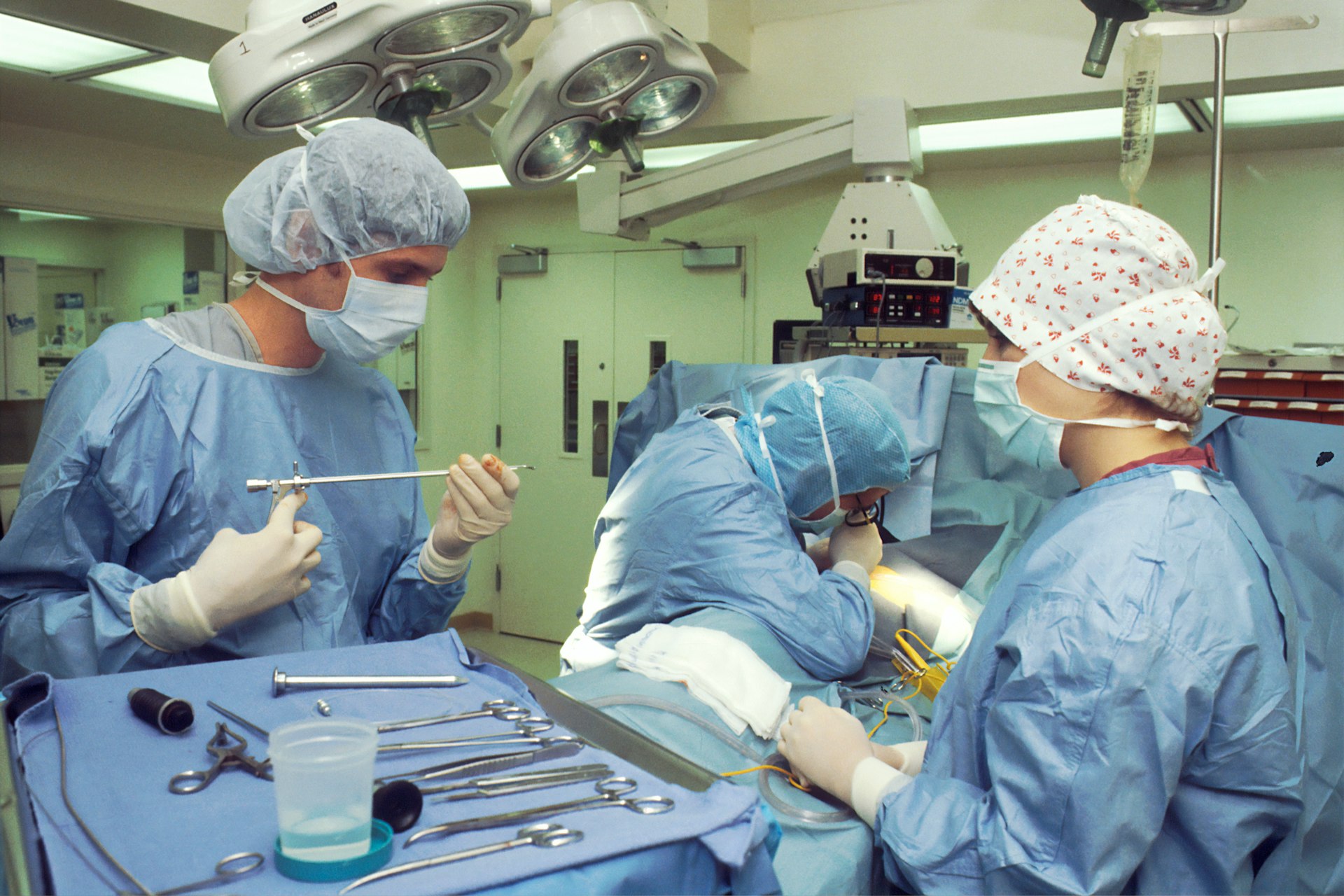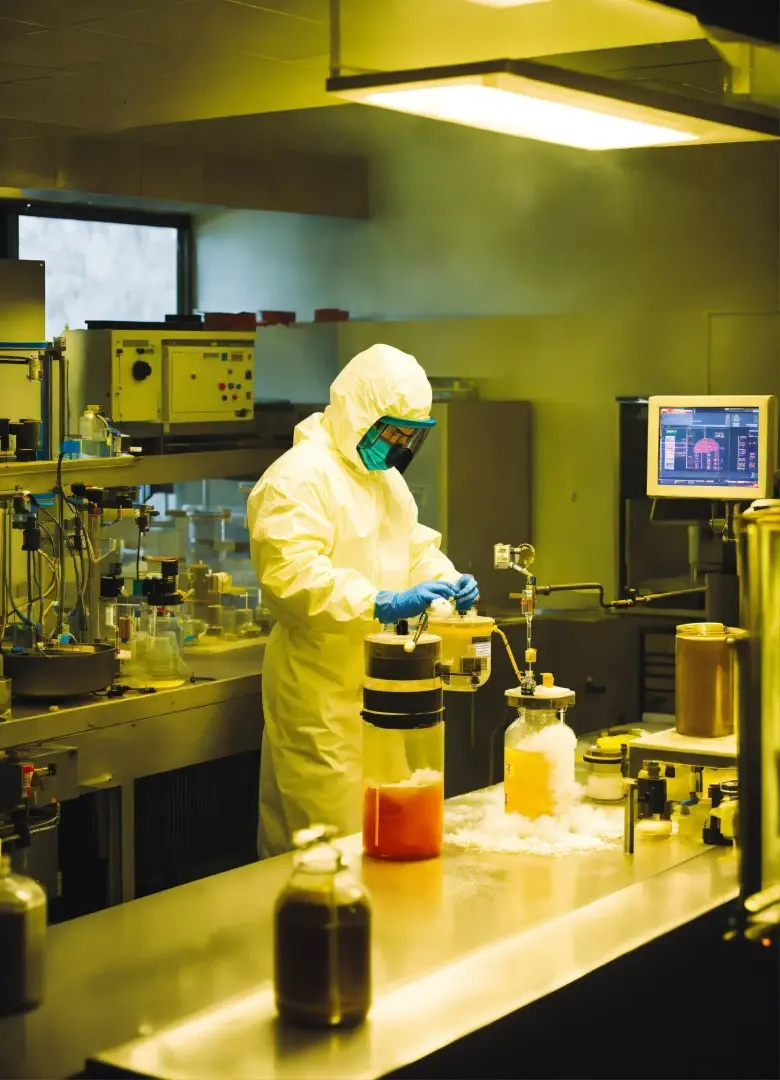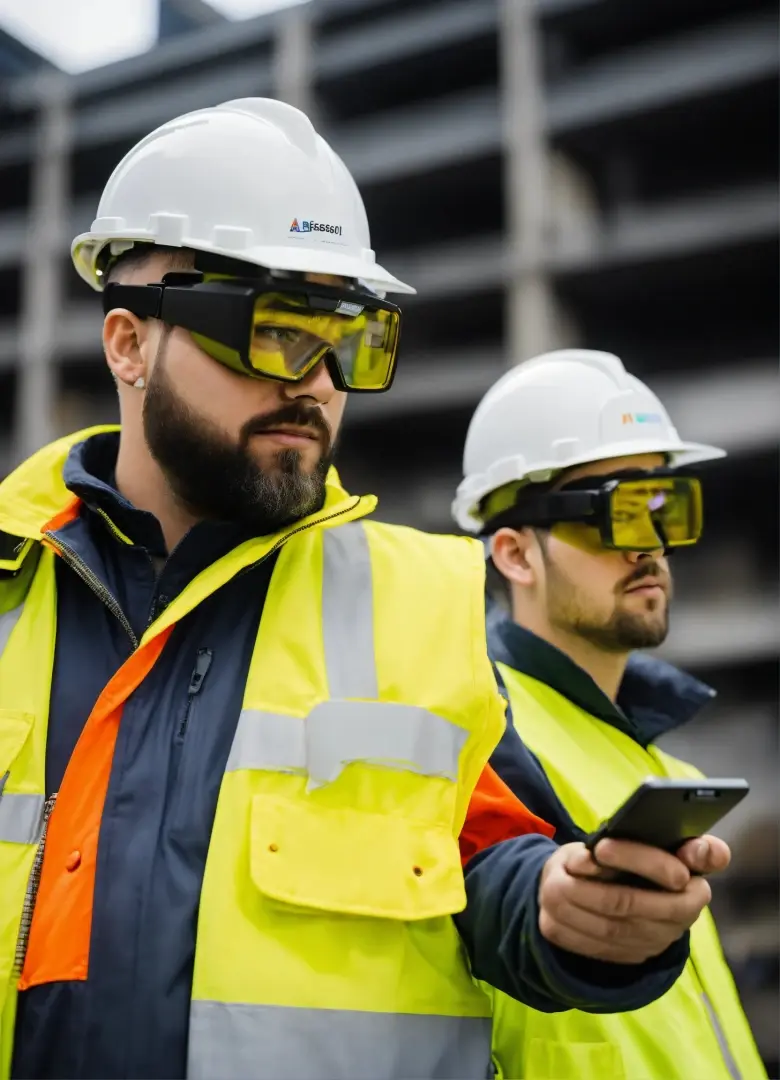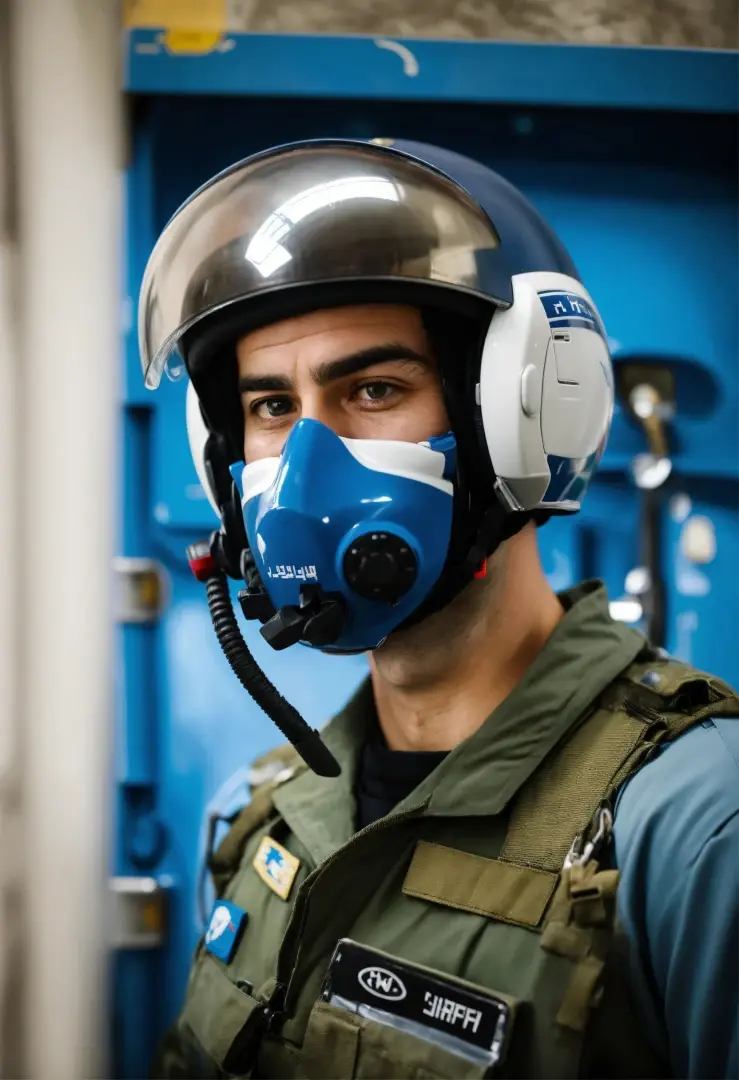Introduction:
Personal Protective Equipment (PPE) plays a critical role in safeguarding individuals across various industries and settings. But what exactly does PPE entail, and why is it essential? In this comprehensive guide, we'll delve into the meaning of PPE, its various types, and the importance of proper utilization.

Understanding Personal Protective Equipment (PPE): Personal Protective Equipment, commonly referred to as PPE, encompasses a range of specialized equipment and clothing designed to protect individuals from hazards in the workplace or other environments. These hazards can include physical, chemical, biological, radiological, and ergonomic risks.
Types of Personal Protective Equipment:
- Head Protection: Helmets or hard hats protect against head injuries from falling objects or overhead hazards.
- Eye and Face Protection: Safety glasses, goggles, or face shields shield the eyes and face from flying debris, chemicals, or intense light.
- Respiratory Protection: Respirators filter out harmful airborne particles, gases, or vapors, safeguarding the respiratory system.
- Hand Protection: Gloves provide a barrier against cuts, abrasions, chemicals, and other hand injuries.
- Body Protection: Coveralls, vests, aprons, or full-body suits shield against various hazards such as chemical splashes, flames, or extreme temperatures.
- Foot Protection: Safety shoes or boots with reinforced toes protect against impact, punctures, or electrical hazards.
Importance of Personal Protective Equipment:
- Preventing Injuries and Illnesses: PPE serves as the first line of defense against workplace accidents, reducing the risk of injuries such as cuts, burns, or exposure to hazardous substances.
- Compliance with Regulations: Many industries are subject to regulations mandating the use of specific PPE to ensure worker safety and compliance with legal requirements.
- Enhancing Productivity: By providing a safe working environment, PPE can contribute to increased productivity by minimizing disruptions caused by accidents or injuries.
- Promoting Confidence and Morale: Employees feel valued and confident in their workplace when provided with appropriate PPE, leading to improved morale and job satisfaction.
- Protecting Against Liability: Employers have a legal obligation to provide suitable PPE to employees, reducing the risk of liability in case of accidents or injuries.
Conclusion: In conclusion, Personal Protective Equipment (PPE) is instrumental in mitigating workplace hazards and ensuring the safety and well-being of individuals across various industries. By understanding the meaning of PPE and its importance, employers and employees alike can take proactive measures to prioritize safety and create a secure working environment. Remember, when it comes to PPE, prevention is always better than cure.





